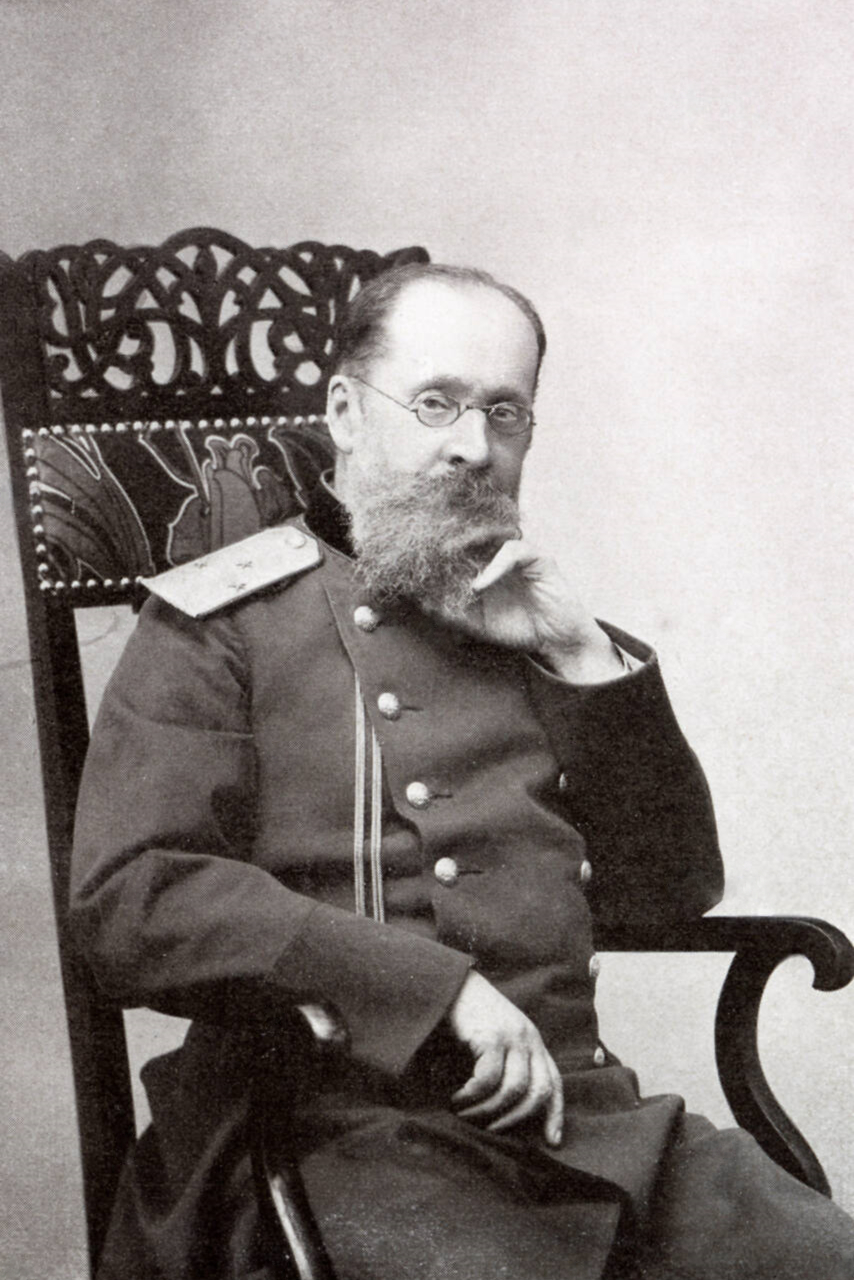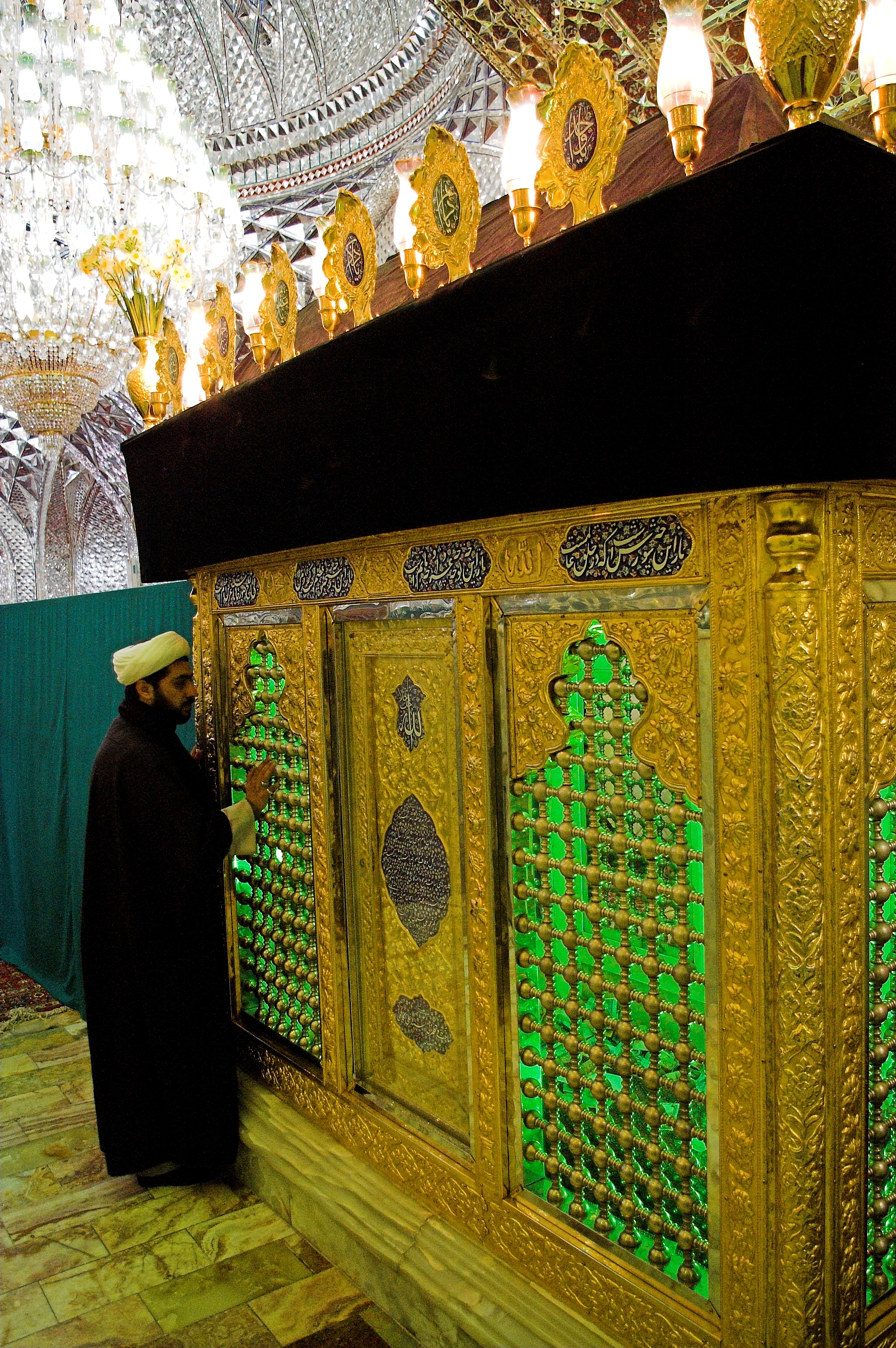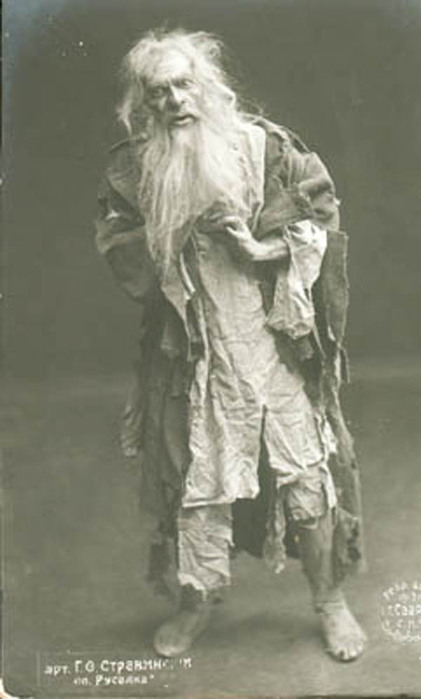|
Prisoner Of The Caucasus (opera)
''Prisoner of the Caucasus'' (''Кавказский пленник'' in Cyrillic, ''Kavkazskij plennik'' in transliteration) is an opera in three acts, composed by César Cui. The libretto is credited to Viktor Krylov, and is based on Alexander Pushkin's 1822 poem '' The Prisoner of the Caucasus''. The English title has been rendered also as ''Prisoner in the Caucasus'' and ''The Captive in the Caucasus''. The opera was preceded on the Russian stage by choreographer Charles Didelot's ballet of 1825. Composition The opera was composed in three versions. The first, in 1857–1858, consisted of only two acts (which later became Acts I and III), but its staging was cancelled due to poor orchestration and insufficient length. Meanwhile, the overture, orchestrated by Mily Balakirev, could be heard in concerts. Many years later, Cui decided to revise the two-act work: during 1881-1882 he added a new middle act (Act II) and another dance to Act III. This version constituted the s ... [...More Info...] [...Related Items...] OR: [Wikipedia] [Google] [Baidu] |
Cesar Cui
Cesar, César or Cèsar may refer to: Arts, entertainment, and media * ''César'' (film), a 1936 film directed by Marcel Pagnol * ''César'' (play), a play by Marcel Pagnolt * César Award, a French film award Places * Cesar, Portugal * Cesar River, a river within the Magdalena Basin of Colombia * Cesar River, Chile * Cesar Department, Colombia Other uses * César (grape), an ancient red wine grape from northern Burgundy * French ship ''César'' (1768), ship of the line, destroyed 1782 * Recife Center for Advanced Studies and Systems (C.E.S.A.R), in Brazil * Cesar, a brand of dog food manufactured by Mars, Incorporated People with the given name * César (footballer, born May 1979), César Vinicio Cervo de Luca, Brazilian football centre-back * César (footballer, born July 1979), Clederson César de Souza, Brazilian football winger * César Alierta (born 1945), Spanish businessman * César Augusto Soares dos Reis Ribela (born 1995), Brazilian footballer * César ... [...More Info...] [...Related Items...] OR: [Wikipedia] [Google] [Baidu] |
Marie-Clotilde-Elisabeth Louise De Riquet, Comtesse De Mercy-Argenteau
Marie-Clotilde-Elisabeth Louise de Riquet (3 June 1837 – 8 November 1890) was a Belgian pianist. She was the eldest daughter of Michel Gabriel Alphonse Ferdinand de Riquet (1810–1865), created prince de Chimay 1834, for himself only, and Rosalie de Riquet de Caraman (1814–1872) Life In childhood she developed considerable aptitude as a pianist. On 11 April 1860 she married Eugène Arnould Henri Charles François Marie, comte de Mercy-Argenteau (22 August 1838 – 2 May 1888). She met Franz Liszt the next year. In 1866, she met emperor Napoleon III and befriended him. After his defeat at the Battle of Sedan, she visited him for a last time when he was a prisoner of the Prussians at Schloss Wilhelmshöhe and consoled him playing music. She later wrote a book about their four-year relationship, ''The Last Love of an Emperor''. In the early 1880s, she developed an interest in Russian music. This led to her studying the Russian language, translating some vocal music by severa ... [...More Info...] [...Related Items...] OR: [Wikipedia] [Google] [Baidu] |
Aoul
An aul (; ce, oil; russian: аул) is a type of fortified village or town found throughout the Caucasus mountains and Central Asia. The word itself is of Turkic origin and simply means ''village'' in many Turkic languages. Auyl ( kk, Ауыл) is a Kazakh word meaning "village" in Kazakhstan. The auls of Svaneti (in the Republic of Georgia), with their distinctive medieval towers, have been recognized as a World Heritage Site. ''UNESCO World Heritage Centre'', United Nations Educational, Scientific, and Cultural Organization. Comparable towers may be found elsewhere in the Caucasus, specifically in Ingushetia. The auls are generally built out of stone, on faces of ridges or against cliffs in o ... [...More Info...] [...Related Items...] OR: [Wikipedia] [Google] [Baidu] |
Caucasus
The Caucasus () or Caucasia (), is a region between the Black Sea and the Caspian Sea, mainly comprising Armenia, Azerbaijan, Georgia, and parts of Southern Russia. The Caucasus Mountains, including the Greater Caucasus range, have historically been considered as a natural barrier between Eastern Europe and Western Asia. Mount Elbrus in Russia, Europe's highest mountain, is situated in the Western Caucasus. On the southern side, the Lesser Caucasus includes the Javakheti Plateau and the Armenian highlands, part of which is in Turkey. The Caucasus is divided into the North Caucasus and South Caucasus, although the Western Caucasus also exists as a distinct geographic space within the North Caucasus. The Greater Caucasus mountain range in the north is mostly shared by Russia and Georgia as well as the northernmost parts of Azerbaijan. The Lesser Caucasus mountain range in the south is occupied by several independent states, mostly by Armenia, Azerbaijan, and Georgia, but also ... [...More Info...] [...Related Items...] OR: [Wikipedia] [Google] [Baidu] |
Tenor
A tenor is a type of classical music, classical male singing human voice, voice whose vocal range lies between the countertenor and baritone voice types. It is the highest male chest voice type. The tenor's vocal range extends up to C5. The low extreme for tenors is widely defined to be B2, though some roles include an A2 (two As below middle C). At the highest extreme, some tenors can sing up to the second F above middle C (F5). The tenor voice type is generally divided into the ''leggero'' tenor, lyric tenor, spinto tenor, dramatic tenor, heldentenor, and tenor buffo or . History The name "tenor" derives from the Latin word ''wikt:teneo#Latin, tenere'', which means "to hold". As Fallows, Jander, Forbes, Steane, Harris and Waldman note in the "Tenor" article at ''Grove Music Online'': In polyphony between about 1250 and 1500, the [tenor was the] structurally fundamental (or 'holding') voice, vocal or instrumental; by the 15th century it came to signify the male voice that ... [...More Info...] [...Related Items...] OR: [Wikipedia] [Google] [Baidu] |
Mullah
Mullah (; ) is an honorific title for Shia and Sunni Muslim clergy or a Muslim mosque leader. The term is also sometimes used for a person who has higher education in Islamic theology and sharia law. The title has also been used in some Mizrahi and Sephardic Jewish communities to refer to the community's leadership, especially religious leadership. Etymology The word ''mullah'' is derived from the Arabic word ''mawlā'' ( ar, مَوْلَى), meaning "vicar", "master" and "guardian". Usage Historical usage The term has also been used among Persian Jews, Bukharan Jews, Afghan Jews, and other Central Asian Jews to refer to the community's religious and/or secular leadership. In Kaifeng, China, the historic Chinese Jews who managed the synagogue were called "mullahs". Modern usage It is the term commonly used for village or neighborhood mosque leaders, who may not have high levels of religious education, in large parts of the Muslim world, particularly Iran, Turkey, ... [...More Info...] [...Related Items...] OR: [Wikipedia] [Google] [Baidu] |
Baritone
A baritone is a type of classical male singing voice whose vocal range lies between the bass and the tenor voice-types. The term originates from the Greek (), meaning "heavy sounding". Composers typically write music for this voice in the range from the second F below middle C to the F above middle C (i.e. F2–F4) in choral music, and from the second A below middle C to the A above middle C (A2 to A4) in operatic music, but the range can extend at either end. Subtypes of baritone include the baryton-Martin baritone (light baritone), lyric baritone, ''Kavalierbariton'', Verdi baritone, dramatic baritone, ''baryton-noble'' baritone, and the bass-baritone. History The first use of the term "baritone" emerged as ''baritonans'', late in the 15th century, usually in French sacred polyphonic music. At this early stage it was frequently used as the lowest of the voices (including the bass), but in 17th-century Italy the term was all-encompassing and used to describe the averag ... [...More Info...] [...Related Items...] OR: [Wikipedia] [Google] [Baidu] |
Bridegroom
A bridegroom (often shortened to groom) is a man who is about to be married or who is newlywed. When marrying, the bridegroom's future spouse (if female) is usually referred to as the bride. A bridegroom is typically attended by a best man and groomsmen. Etymology The first mention of the term ''bridegroom'' dates to 1604, from the Old English ''brȳdguma'', a compound of ''brȳd'' (bride) and ''guma'' (man, human being, hero). It is related to the Old Saxon ''brūdigomo'', the Old High German ''brūtigomo'', the German ''Bräutigam'', and the Old Norse ''brúðgumi''. Attire The style of the bridegroom's clothing can be influenced by many factors, including the time of day, the location of the ceremony, the ethnic backgrounds of the bride and bridegroom, the type of ceremony, and whether the bridegroom is a member of the Armed Forces. National or ethnic traditions * In the United States, the bridegroom usually wears a dark-colored suit for a daytime wedding or a tuxedo ... [...More Info...] [...Related Items...] OR: [Wikipedia] [Google] [Baidu] |
Mezzo-soprano
A mezzo-soprano or mezzo (; ; meaning "half soprano") is a type of classical female singing voice whose vocal range lies between the soprano and the contralto voice types. The mezzo-soprano's vocal range usually extends from the A below middle C to the A two octaves above (i.e. A3–A5 in scientific pitch notation, where middle C = C4; 220–880 Hz). In the lower and upper extremes, some mezzo-sopranos may extend down to the F below middle C (F3, 175 Hz) and as high as "high C" (C6, 1047 Hz). The mezzo-soprano voice type is generally divided into the coloratura, lyric, and dramatic mezzo-soprano. History While mezzo-sopranos typically sing secondary roles in operas, notable exceptions include the title role in Bizet's '' Carmen'', Angelina (Cinderella) in Rossini's ''La Cenerentola'', and Rosina in Rossini's ''Barber of Seville'' (all of which are also sung by sopranos and contraltos). Many 19th-century French-language operas give the leading female role to mezzos, includin ... [...More Info...] [...Related Items...] OR: [Wikipedia] [Google] [Baidu] |
Soprano
A soprano () is a type of classical female singing voice and has the highest vocal range of all voice types. The soprano's vocal range (using scientific pitch notation) is from approximately middle C (C4) = 261 Hz to "high A" (A5) = 880 Hz in choral music, or to "soprano C" (C6, two octaves above middle C) = 1046 Hz or higher in operatic music. In four-part chorale style harmony, the soprano takes the highest part, which often encompasses the melody. The soprano voice type is generally divided into the coloratura, soubrette, lyric, spinto, and dramatic soprano. Etymology The word "soprano" comes from the Italian word '' sopra'' (above, over, on top of),"Soprano" '' |
Fyodor Stravinsky
Fyodor Ignatievich Stravinsky (russian: Фёдор Игнатьевич Страви́нский), , estate Novy Dvor (Aleksichi), Rechitsky Uyezd, Minsk Governorate ) was a Russian bass opera singer and actor. He was the father of Igor Stravinsky and the grandfather of Théodore Strawinsky and Soulima Stravinsky. Life and career His father Ignacy was a Catholic and came from a noble Polish family of Sulima- Strawiński; his mother, Alexandra Ivanovna Skorokhodova, was a daughter of a Russian small landowner. Fyodor was baptised in accordance with the Orthodox rite due to Imperial Law which stated that children born of mixed Catholic-Orthodox marriages had to be brought up in the Russian Orthodox faith.Igor Stravinsky, Robert Craft, Memories and Commentaries', University of California Press, 1981, p. 17 In 1869 he completed his education at the Nezhin Lyceum, where he sang in the church choir. He studied voice at the Saint Petersburg Conservatory from 1869–73. He later stu ... [...More Info...] [...Related Items...] OR: [Wikipedia] [Google] [Baidu] |



